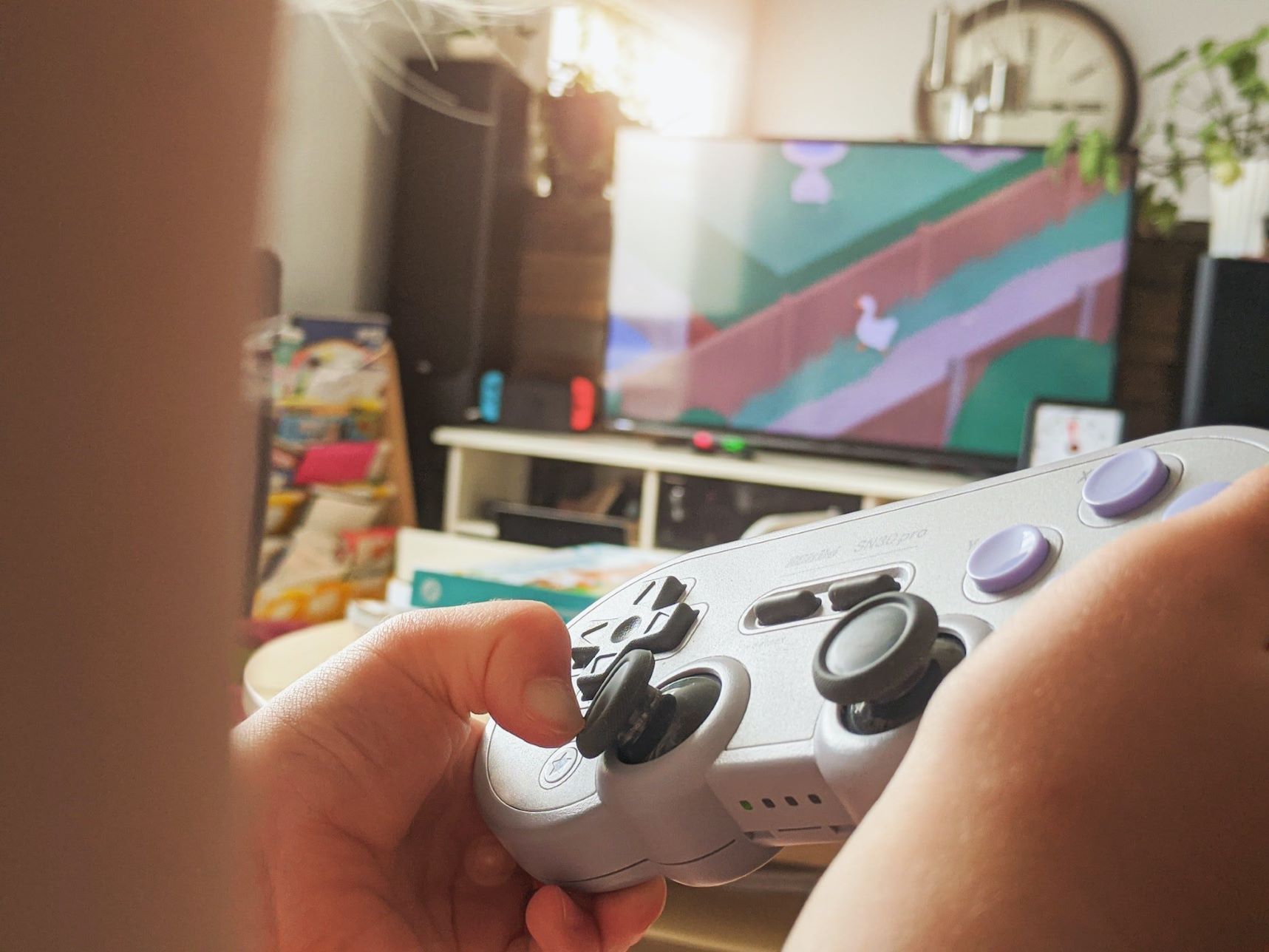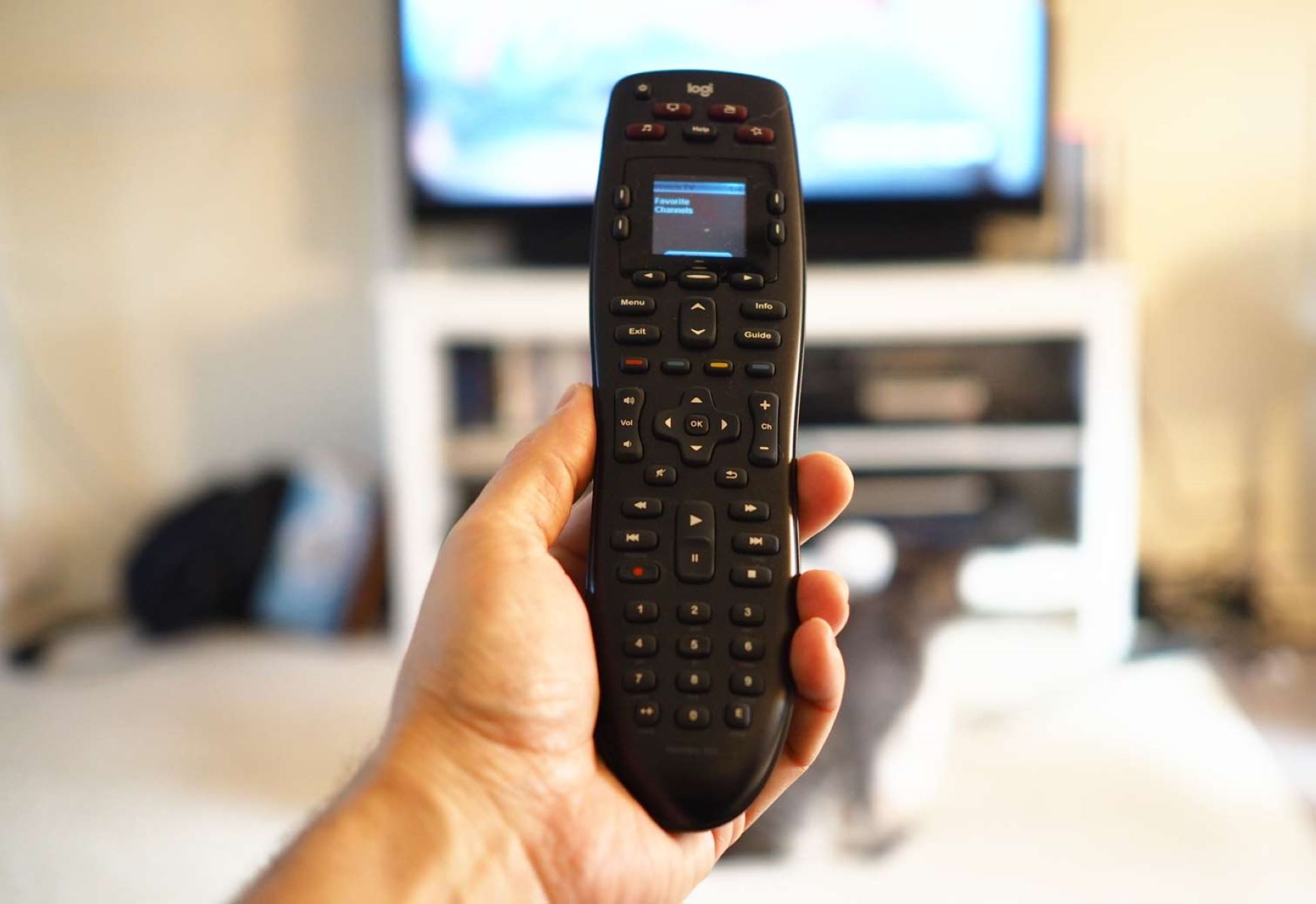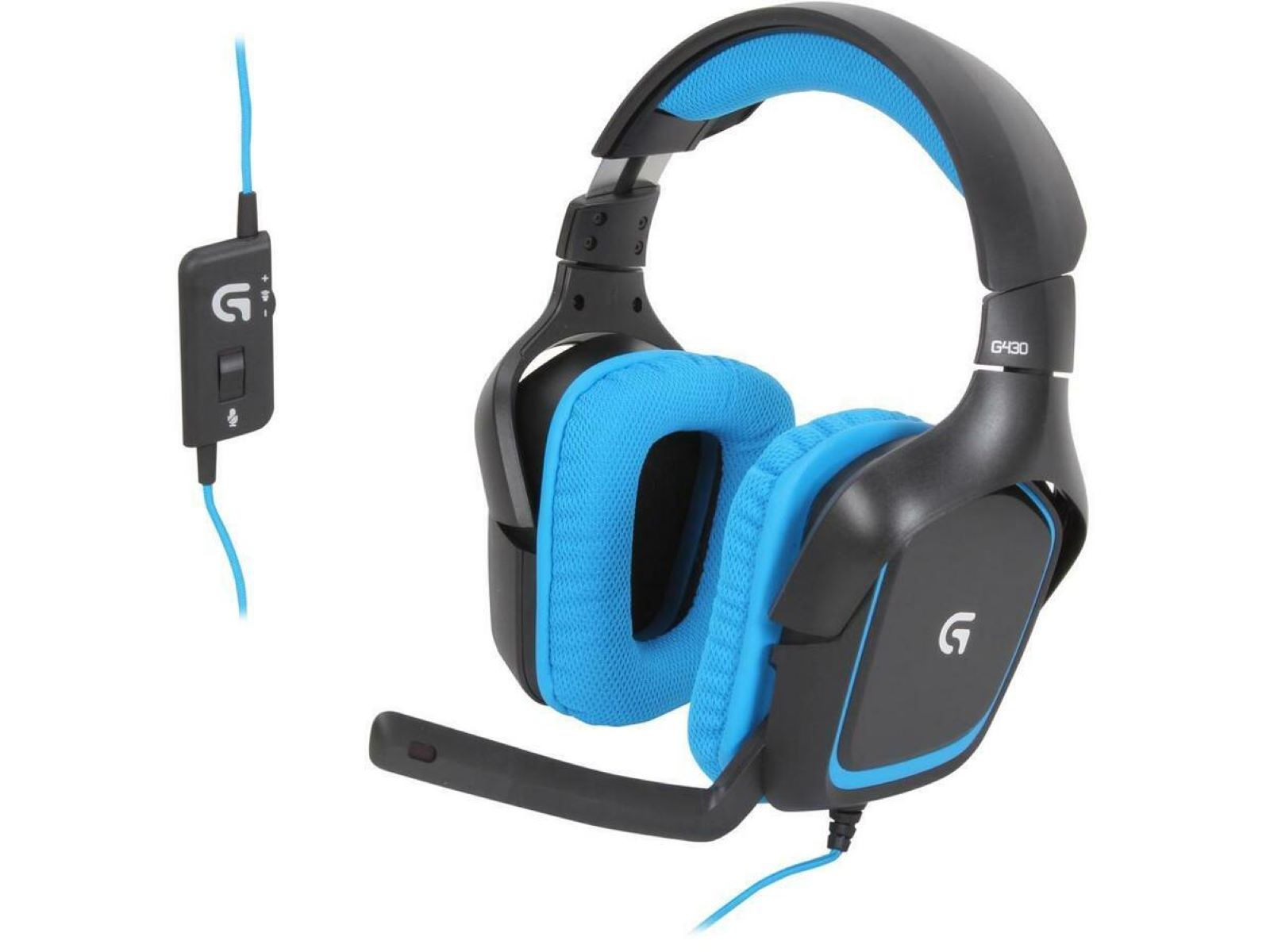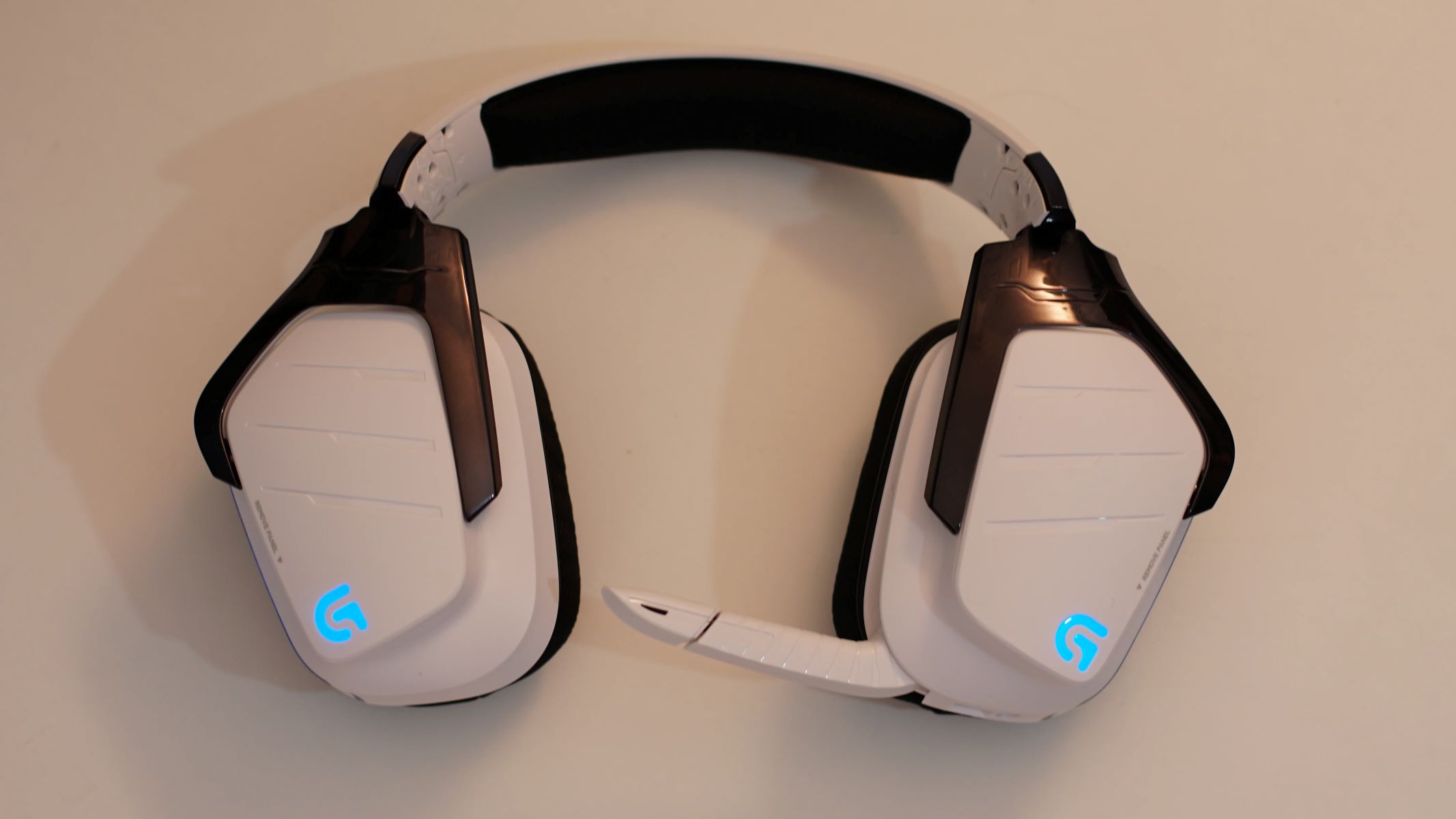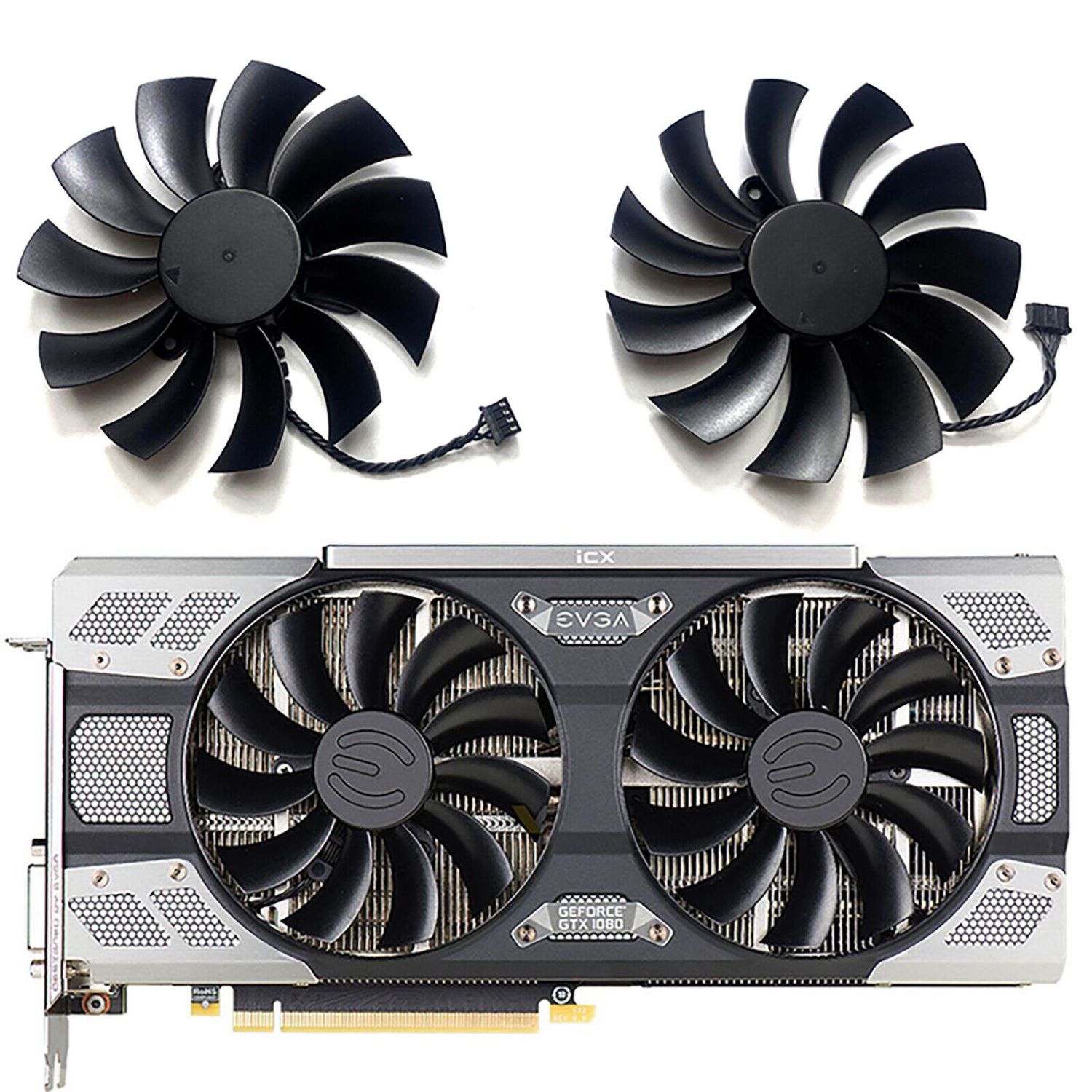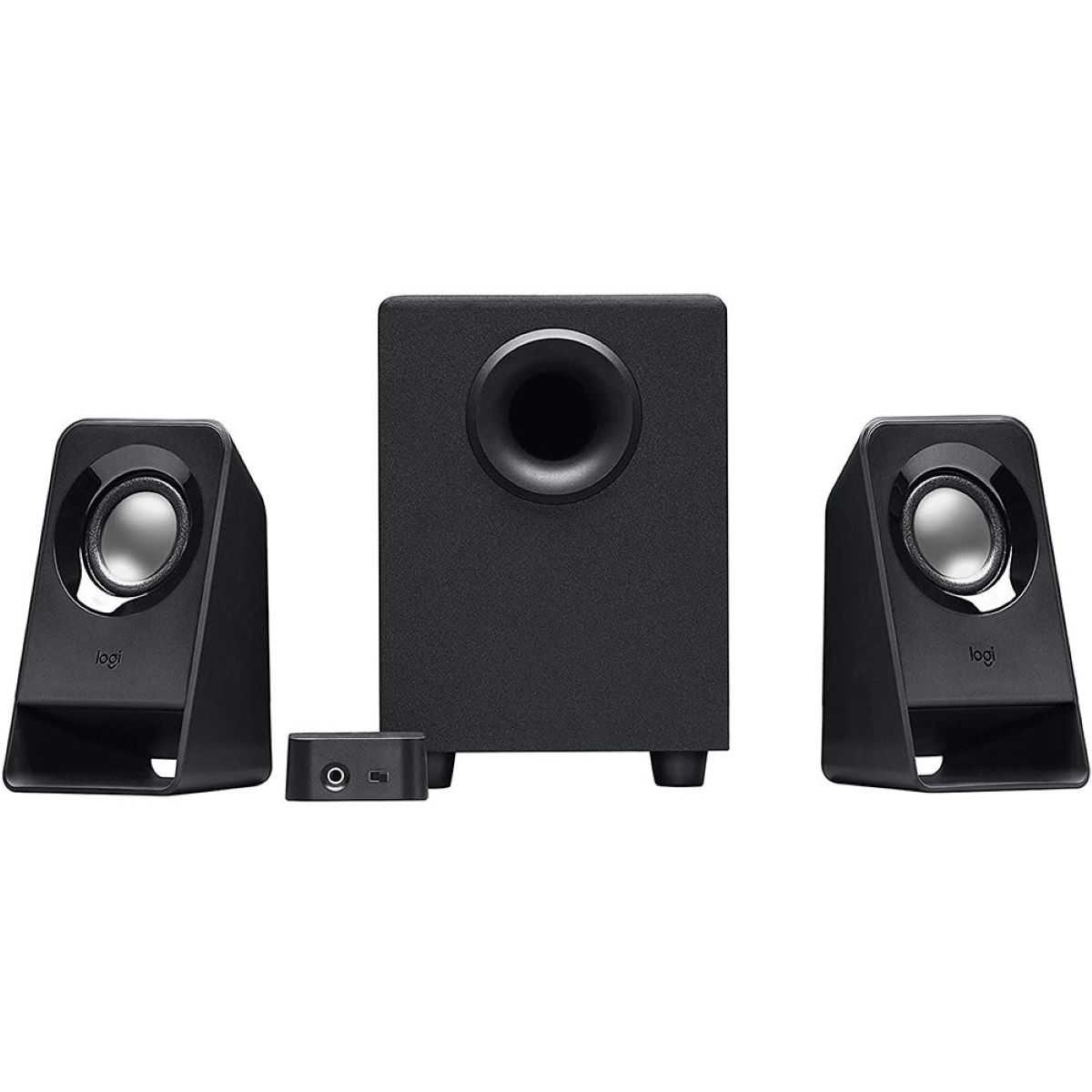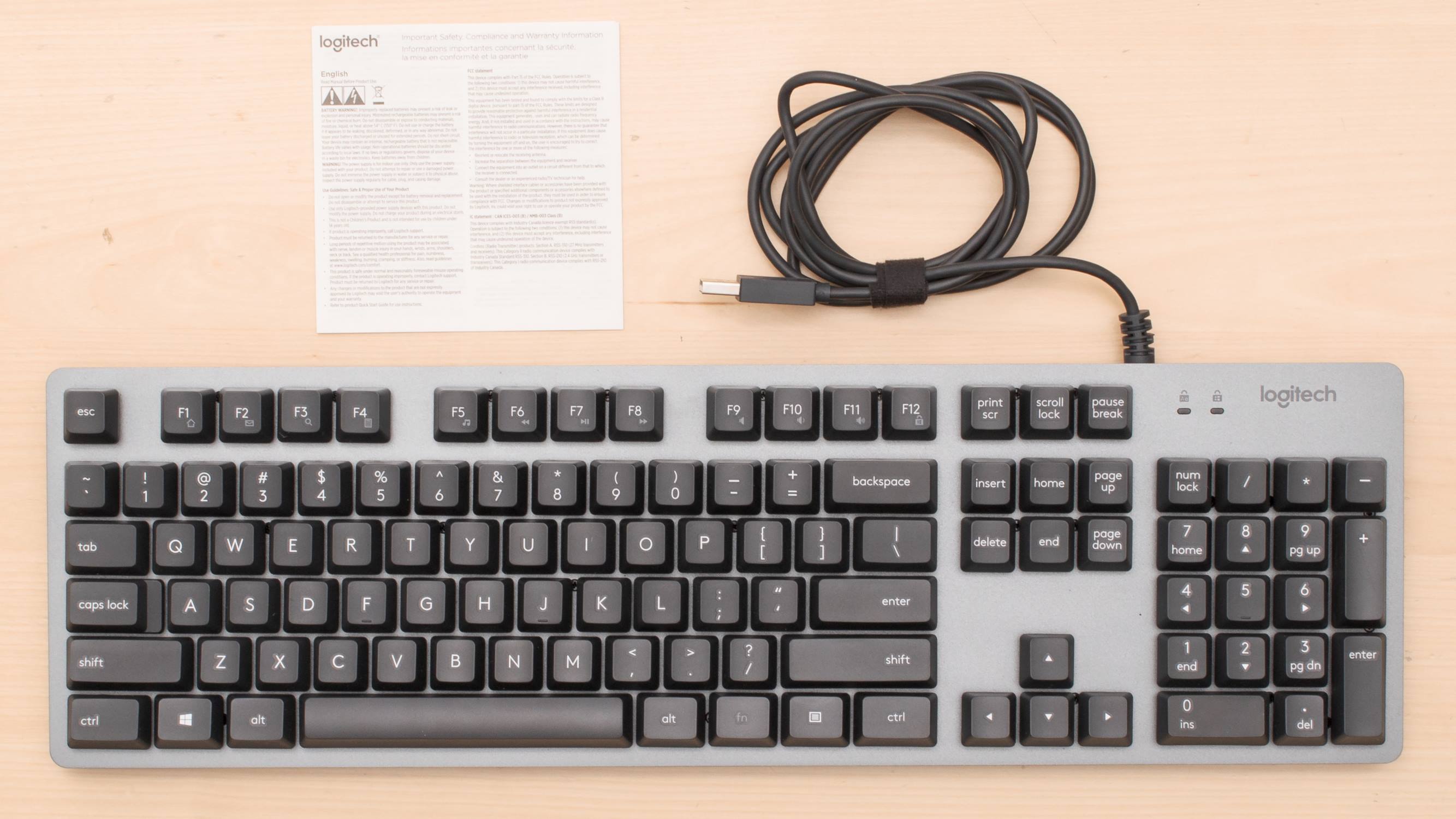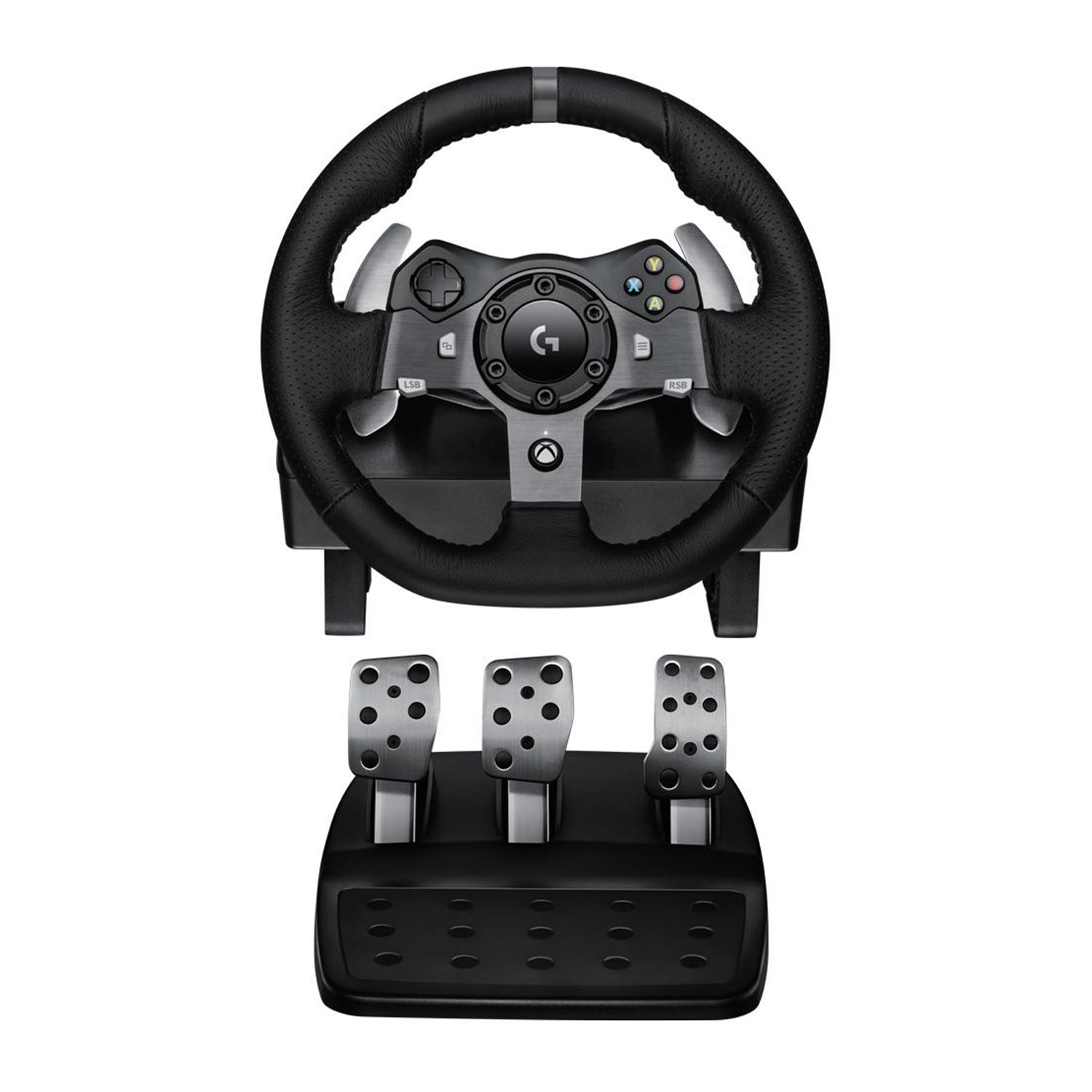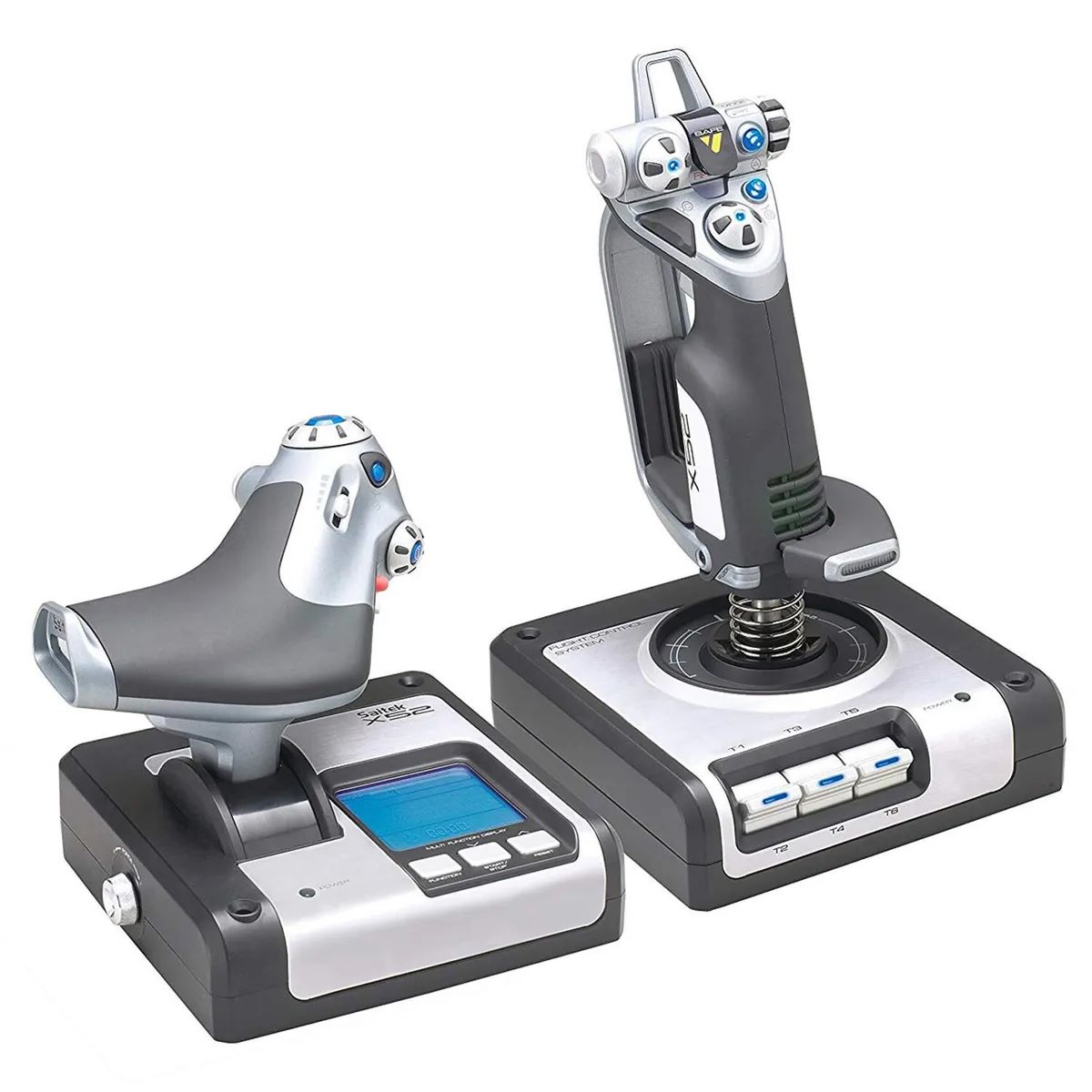Introduction
Welcome to the world of video gaming, where every click, press, and movement of the controller can make a difference in your gaming experience. While the excitement of gaming can be exhilarating, the accompanying noise from the game controller can be a nuisance, especially in shared living spaces or late-night gaming sessions. The clacking of buttons and the creaking of joysticks can disrupt the tranquility of your surroundings and even distract you from fully immersing yourself in the game.
In this guide, we will explore the art of making a video game controller quieter, allowing you to enjoy your gaming adventures without the unwelcome soundtrack of clicking and clacking. Whether you're a casual gamer or a dedicated enthusiast, the quest for a quieter controller can greatly enhance your gaming experience and bring peace to your gaming environment.
As we delve into the methods for quieting a game controller, it's important to note that these techniques are not only for the benefit of those around you but also for your own comfort and satisfaction. A quieter controller can contribute to a more immersive gaming experience, enabling you to focus on the gameplay without the distraction of excessive noise.
Throughout this guide, we will explore various approaches to mitigate controller noise, including identifying the sources of the noise, lubricating moving parts, adding dampening materials, and adjusting button tension. By implementing these methods, you can transform your noisy game controller into a stealthy and smooth-operating device that enhances your gaming enjoyment while minimizing disturbances to others.
So, whether you're seeking a more peaceful gaming environment, aiming to improve your gaming performance, or simply looking to reduce the auditory footprint of your gaming activities, the following techniques will equip you with the knowledge and skills to make your video game controller quieter. Let's embark on this journey to silence the noise and elevate your gaming experience to a whole new level.
Why Quiet Controllers Are Important
Quiet controllers play a crucial role in enhancing the overall gaming experience, offering benefits that extend beyond mere noise reduction. Understanding the significance of quieter controllers can provide valuable insight into the motivation behind seeking methods to mitigate controller noise.
Enhanced Focus and Immersion: A quiet controller enables gamers to immerse themselves fully in the gameplay without the distraction of excessive noise. It allows for heightened focus, leading to improved performance and a more engaging gaming experience.
Consideration for Others: In shared living spaces, the noise from game controllers can be disruptive to others. By minimizing controller noise, gamers can show consideration for their housemates or family members, fostering a harmonious environment for everyone.
Reduced Distractions: Excessive controller noise can be distracting, impacting concentration and detracting from the enjoyment of the game. Quieter controllers create a more conducive gaming environment, allowing players to concentrate on the game without the interference of clattering buttons or creaking joysticks.
Enhanced Comfort: A quieter controller contributes to a more comfortable gaming experience. The absence of jarring noises can reduce stress and create a more relaxing gaming atmosphere, promoting extended gaming sessions without discomfort or annoyance.
Improved Communication: In multiplayer gaming scenarios, quieter controllers can facilitate clearer communication among players. Reduced controller noise can enhance the clarity of voice communication, particularly in online gaming environments where effective communication is essential for teamwork and coordination.
By recognizing the importance of quiet controllers, gamers can appreciate the multifaceted advantages that quieter gaming peripherals can offer. From improved focus and immersion to consideration for others and enhanced comfort, the quest for quieter controllers aligns with the pursuit of an optimal gaming environment that maximizes enjoyment for players and those around them.
Identifying the Source of Noise
Before embarking on the journey to quiet your game controller, it’s essential to identify the specific sources of noise that contribute to the overall racket. By pinpointing these sources, you can effectively target the areas that require attention and implement the most suitable solutions to minimize controller noise.
Button Mechanisms: The buttons on a game controller, including the triggers and action buttons, can be a significant source of noise. The clicking or tapping sound produced when pressing these buttons can be particularly pronounced, especially during intense gaming sessions.
Joystick Movements: The movement of joysticks or analog sticks can generate creaking or rubbing noises, particularly if the components are aging or lacking proper lubrication. Identifying the specific areas where these noises originate is crucial for addressing the issue effectively.
Internal Components: Within the controller’s housing, various internal components such as springs, gears, or switches may produce noise during operation. Understanding the functions of these components and their potential for generating noise is essential for devising appropriate solutions.
Structural Integrity: The overall build quality and structural integrity of the controller can also contribute to noise generation. Loose or poorly fitted components may produce rattling or clattering sounds, necessitating a thorough assessment of the controller’s construction.
By closely examining the controller and paying attention to the specific instances when noise is most pronounced, you can gain valuable insights into the underlying causes of the racket. This initial assessment sets the stage for implementing targeted measures to address each source of noise effectively, ultimately leading to a quieter and more enjoyable gaming experience.
Lubricating Moving Parts
One effective method for reducing the noise generated by a game controller is to address the friction and resistance within its moving parts. Over time, the continuous use of the controller can lead to increased friction in the moving components, resulting in creaking or grinding noises. By applying appropriate lubrication to these parts, you can minimize friction and mitigate the associated noise, restoring smooth and quiet operation to the controller.
Selection of Lubricants: When lubricating moving parts, it is essential to choose the right type of lubricant. Silicone-based lubricants are often recommended for game controllers, as they provide effective lubrication without leaving behind residue that could attract dust or interfere with the controller’s functionality.
Application Process: Carefully disassembling the controller to access the moving parts is the first step in the lubrication process. Once the components are accessible, applying a small amount of the chosen lubricant to the relevant areas can significantly reduce friction and noise. Joysticks, triggers, and button mechanisms are common areas that benefit from lubrication.
Even Distribution: Ensuring an even distribution of the lubricant is crucial to achieving optimal results. Thoroughly working the lubricant into the moving parts and mechanisms helps to coat the surfaces effectively, reducing friction and minimizing noise during operation.
Regular Maintenance: Implementing a regular maintenance schedule for lubricating the controller’s moving parts can prolong the effectiveness of this noise-reduction method. Periodically inspecting and lubricating the components can prevent excessive wear and maintain the quiet performance of the controller over time.
By incorporating lubrication into the maintenance routine of your game controller, you can effectively address the sources of noise stemming from friction within the moving parts. This proactive approach not only reduces noise but also contributes to the longevity and smooth operation of the controller, ensuring a quieter and more enjoyable gaming experience.
Adding Dampening Materials
Introducing dampening materials to a game controller can significantly reduce the transmission of noise generated by internal components and moving parts. These materials serve to absorb vibrations and dampen the impact of mechanical actions, effectively minimizing the noise produced during gameplay. By strategically placing dampening materials within the controller, you can achieve a noticeable reduction in noise levels, creating a more pleasant gaming environment for yourself and those around you.
Selection of Materials: Various materials can be employed for dampening purposes, including foam pads, rubber grommets, and vibration-dampening compounds. These materials are chosen for their ability to absorb and dissipate the energy generated by the controller’s internal mechanisms, thereby reducing the noise transmitted through the controller’s housing.
Strategic Placement: Identifying the specific areas within the controller where noise is most pronounced is crucial for the effective placement of dampening materials. Common areas for dampening include the housing around button mechanisms, the internal cavity housing electronic components, and locations where moving parts come into contact with the controller’s structure.
Installation Process: Carefully disassembling the controller to gain access to the internal components and housing is the first step in the installation of dampening materials. Ensuring a secure and snug fit for the dampening materials in the identified areas is essential for maximizing their noise-reducing effectiveness.
Impact on Noise Levels: Once installed, the dampening materials work to absorb and dissipate the vibrations and impacts generated during controller operation, resulting in a noticeable reduction in noise levels. The overall sound produced by button presses, joystick movements, and internal mechanisms is subdued, contributing to a quieter gaming experience.
By incorporating dampening materials into your game controller, you can effectively mitigate the transmission of noise, creating a more serene gaming environment. This approach not only benefits your personal gaming experience but also demonstrates consideration for those sharing your space, fostering a harmonious and enjoyable atmosphere for all.
Adjusting Button Tension
The tension and responsiveness of a game controller’s buttons and triggers can significantly impact the noise they produce during operation. Adjusting the button tension can help minimize the audible impact of button presses and releases, thereby reducing the overall noise generated by the controller. By fine-tuning the tension of the buttons, you can achieve a quieter and more controlled gaming experience, enhancing both your gameplay and the auditory environment in which you play.
Assessment of Button Tension: Before making adjustments, it is important to assess the existing tension of the controller’s buttons and triggers. Pay attention to the resistance encountered when pressing the buttons and triggers, noting any excessive stiffness or looseness that may contribute to noise generation.
Calibration and Modification: Many modern controllers offer the option to calibrate or modify the tension of buttons and triggers through software settings or physical adjustments. Utilize these features to customize the button tension to your preference, aiming for a balance between responsiveness and noise reduction.
Testing and Refinement: After making initial adjustments to the button tension, engage in gameplay to test the impact of the modifications on noise levels. Refine the tension settings based on your observations, aiming to achieve a responsive yet quieter button operation that enhances your gaming experience.
Consideration for Surroundings: When adjusting button tension, consider the noise impact on your immediate surroundings. Aim to strike a balance that reduces noise without compromising the tactile feedback and functionality of the controller, ensuring a quieter gaming experience without sacrificing responsiveness.
By fine-tuning the tension of your game controller’s buttons and triggers, you can effectively reduce the noise generated during gameplay, creating a more serene gaming environment for yourself and those around you. This approach not only enhances the auditory experience of gaming but also allows for a more personalized and optimized controller setup that aligns with your preferences and gaming style.
Conclusion
Quieting a video game controller is a pursuit that encompasses both practical benefits and thoughtful considerations. By embarking on the journey to make your controller quieter, you not only enhance your personal gaming experience but also demonstrate respect for those sharing your gaming environment. The methods outlined in this guide offer effective strategies for reducing controller noise, fostering a more enjoyable and harmonious gaming atmosphere.
From the initial assessment of noise sources to the implementation of targeted solutions, the process of quieting a game controller involves a blend of technical know-how and creative problem-solving. Addressing the sources of noise, such as button mechanisms, joystick movements, and internal components, provides a solid foundation for implementing noise-reducing measures. Lubricating moving parts, adding dampening materials, and adjusting button tension are effective techniques that contribute to a quieter and more responsive controller.
As you navigate the realm of quieting your game controller, it’s important to recognize the multifaceted benefits that extend beyond noise reduction. A quieter controller enables enhanced focus and immersion in gameplay, consideration for others in shared spaces, reduced distractions during gaming sessions, and improved overall comfort. These advantages underscore the significance of pursuing a quieter gaming environment, aligning with the broader goal of optimizing the gaming experience for both yourself and those around you.
Ultimately, the quest for a quieter game controller is a testament to the dedication and ingenuity of gamers seeking to elevate their gaming experiences. By implementing the techniques outlined in this guide, you have the opportunity to transform your game controller into a stealthy and smooth-operating device that minimizes disturbances and maximizes enjoyment. Whether you’re engaging in intense gaming sessions, participating in multiplayer adventures, or simply seeking a more tranquil gaming environment, the methods for quieting your game controller equip you with the tools to enhance your gaming experience and create a more enjoyable atmosphere for all.
Embrace the art of quieting your game controller, and embark on a journey that not only reduces noise but also enhances your gaming immersion, performance, and consideration for others. By applying these techniques, you can silence the noise and elevate your gaming experience to a whole new level.







